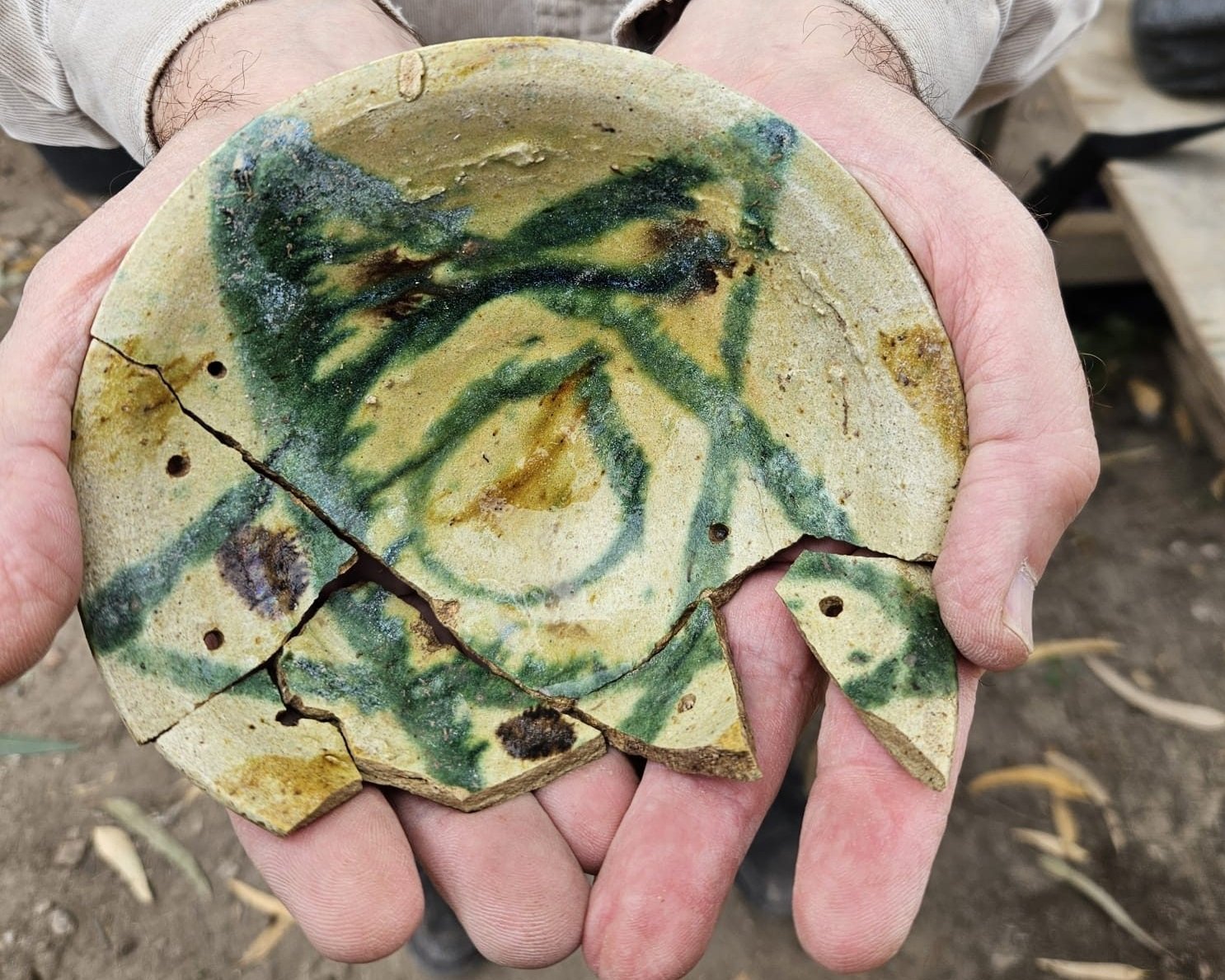A community excavation in Israel’s Berner region has uncovered a bowl depicting a five-sided star.
The bowl dates from the Abbasid period when Israel was ruled by the Fatimid Caliphate, an Isma’ili Shia dynasty spanning a large area of North Africa and West Asia.
The five sided star was a predecessor to the Star of David, known as the Seal of Solomon, the legendary signet ring attributed to the Israelite king, Solomon. The tradition of Solomon’s Seal later made its way into Islamic Arab sources.
The Star of David, a symbol of both Jewish identity and Judaism, first appeared in the 17th century, becoming more widespread during the 19th century as it came to symbolise Zionism.
According to a press announcement by the Israel Antiquities Authority (IAA), the bowl dates from around the 9th to 10th century AD and is glazed with a green ceramic pigment showing a five-sided star.
The bowl appears to have been damaged in ancient times and repaired using drilled holes, where metal or lead wires were inserted. Dr. Itamar Taksel, from the IAA said: “The repair of the bowl indicates that it was of importance in the eyes of its previous owners – maybe because of the star’s model, or that he had limited financial means, and therefore it was better to invest in repairing the bowl rather than purchasing a new one.”
Header Image Credit : Israel Antiquities Authority
Sources : Israel Antiquities Authority





